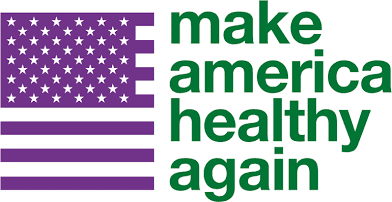As the college application season is heating up, one of the biggest thoughts haunting almost every student’s mind is the topic of doing well on the SAT, also known as the Scholastic Assessment Test. Salah Ali, a senior at Elkhart High School, has been relentlessly focused on studying for the SAT with the hopes of getting above a 1450+ in order to increase his chances of acceptance to John Hopkins University.
While the SAT scores have not been a requirement for students since 2020 (due to the COVID-19 pandemic), it is still a considerable factor for admissions officers, especially those of competitive universities (such as the Ivy League institutions). And from 1926 to 2019, it was an irrefutable requirement for college admissions that could make or break an applicant’s admission.
But why in the world was this test made to be a representation of a student’s application?
While the SAT has evolved over the years, one cannot overlook its problematic history, particularly how it was used as a tool to potentially prevent low-income minorities from pursuing higher education.
In the late 19th and early 20th centuries, American higher education institutions were expanding rapidly. This expansion created the need for an objective way to evaluate a huge pool of applicants from diverse backgrounds and socioeconomic status. The SAT, introduced in 1926, was meant to serve as an standard measure of a student’s potential and academic readiness, regardless of their race and socioeconomic background.
However, as the years went by, the SAT began to face immense criticism and backlash for potentially perpetuating educational inequalities. Critics argued that the test was heavily favored towards students who had access to test preparation resources, often those from more affluent backgrounds. They also argued that low-income minority students were not on equal footing, as their socioeconomic status would likely prevent them from having the time and resources that their white, affluent counterparts had.
This inequality came into stark focus when we consider the socio-economic disparities that exist in American society.
The simple, saddening reality was that wealthier students could afford expensive SAT preparation course books and tutors to assist in explaining concepts, which certainly gave them a significant advantage in terms of achieving higher scores. For students from low-income backgrounds, the cost of these resources, the lack of access to quality educational opportunities, and an ever-so-lacking amount of time for reviewing course work placed them at a severe disadvantage.
Historically marginalized groups, including African Americans, Latinos, and other minorities, faced the brunt of this inequality. The SAT, in some cases, became an unconquerable barrier for underprivileged students to access higher education. It was a cruel irony that an assessment designed to be an equalizer for all students was, in many ways, unpleasantly perpetuating inequality.
Over the years, there were attempts to address these concerns. Some universities, a prominent example being University of Chicago, adopted a test-optional policy, while others focused on holistic admissions to consider a student’s entire academic journey, background, and extracurricular activities.
However, the legacy of the SAT remained deeply rooted in the college admissions process. Fast forward to 2020, the COVID-19 pandemic dramatically shifted the landscape. With lockdowns and restrictions disrupting standardized testing schedules, many universities temporarily dropped the SAT requirement. The pandemic accelerated the ongoing debate about the role of standardized tests in admissions and sparked discussions about their future relevance.
In the climate of 2023 college admissions, society finds itself asking: was the SAT truly designed to prevent low-income minorities from pursuing higher education? The answer may not be straightforward, as the intentions behind its creation were likely well-intentioned, solely focused on objective merit-based evaluation.
However, the SAT’s evolution and its real-world impact have exposed the deeply prevalent issues related to social and economic disparities in the American educational system. The debate over standardized tests like the SAT continues, with many advocating for its entire elimination or a reduced role in admissions. As colleges reevaluate their admission criteria, they are tasked with a difficult and delicate balancing act: finding a fair and equitable way to assess student potential without perpetuating educational inequalities.
The long legacy of the SAT serves as a stark reminder of the complex and prevalent challenges within the American university admissions system, a system still striving for true equality and merit-based opportunity for all citizens, regardless of race and economic background.




















